Table of Contents
Are you familiar with the term moon gardening by any chance? If you’re a fan of gardening, then you must be well aware of all the various kinds of gardening. Whether it’s that one of a kind unique method for planting; known as the electro gardening or any other kind of planting method you want to go for; to increase the show and vibrancy of your outdoor place. Gardening is not really something just anyone can do. As a lover of nature, you need to understand that planting isn’t just a piece of cake. It requires a lot patience, resilience and hard work. Furthermore, you need to make sure you know all the basics beforehand so that you easily work up on your tasks. Now, if you are a little confused regarding the moon phase gardening, we are here to guide through this kind of plantation. Let us see life through the lens of nature!
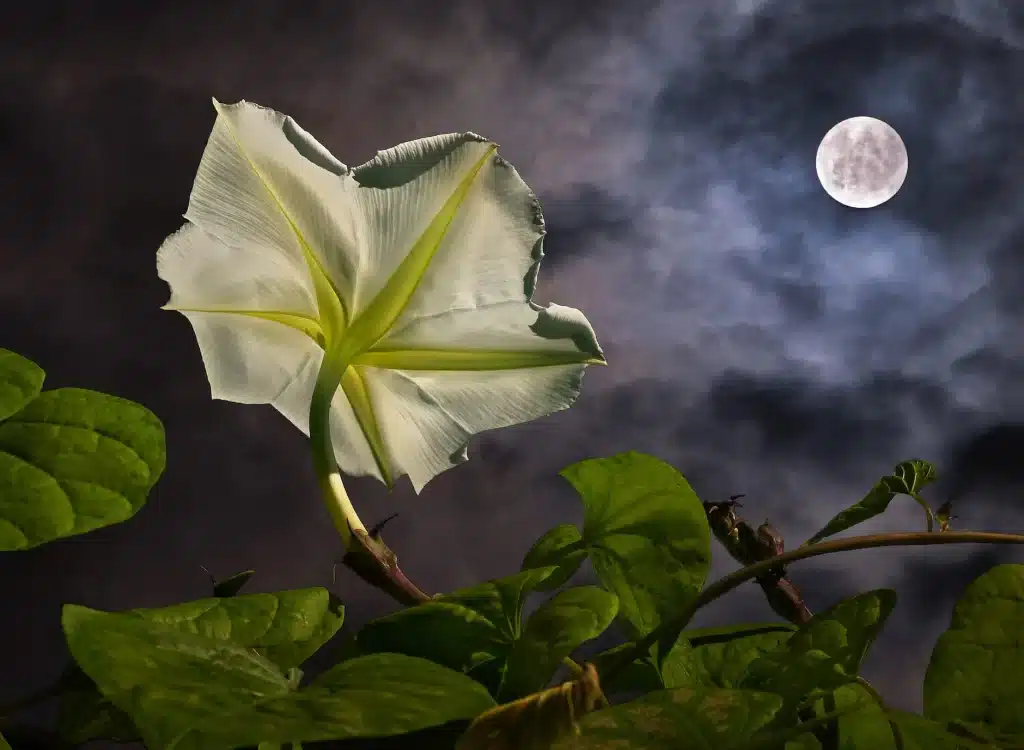
Moon Gardening
It is really a well-known fact that as a lover of gardening and plantation, you always look for new and improve ideas to make your backyard space look cool. Whether it’s that bucket idea that you want to incorporate for carrying plants roots or any other kind of tropical garden idea. Moon gardening, sometimes called lunar gardening, involves timing and planting activities with the lunar cycle. According to this conventional method, plant health and yield are affected by lunar phases, which also affect soil moisture, gravitational force, and root growth. When gravitational pressure is most vital during the new moon, advocates usually plant root crops; during the waxing moon, they concentrate on above-ground crops. This approach incorporates traditional wisdom and farmer’s almanacs to maximize plant life and productivity. Let go back into history and learn about the origin of moon gardening.
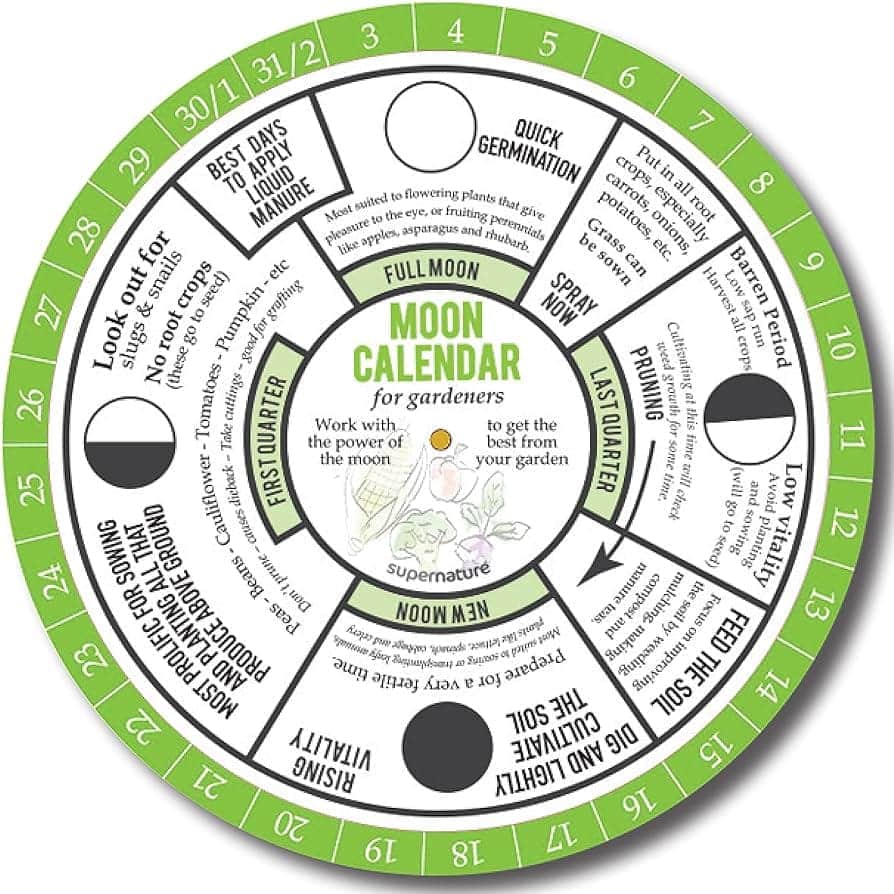
A Glimpse at the History of Moon Gardening
Moon gardening originated from ancient civilizations’ use of celestial calendars for daily tasks such as planting and harvesting. Initially passed down orally and rich with myth and legend, this technique changed over generations. Lunar-phase gardening was a cornerstone of biodynamic gardening by the early 1900s. Even if scientists continue to disagree, a new study points to possible advantages without drawbacks, making it a fascinating and risk-free strategy for backyard gardeners.
- Ancient Origins
Celestial calendars are the source of its ancient beginnings.
- Oral Traditions
Rich in legend and mythology.
- Evolution of the 20th century
Applied to biodynamic gardening.
- Scientific Interest
Widely debated yet being researched more and more.
- Safe Practice
Home gardeners can try it without risk.
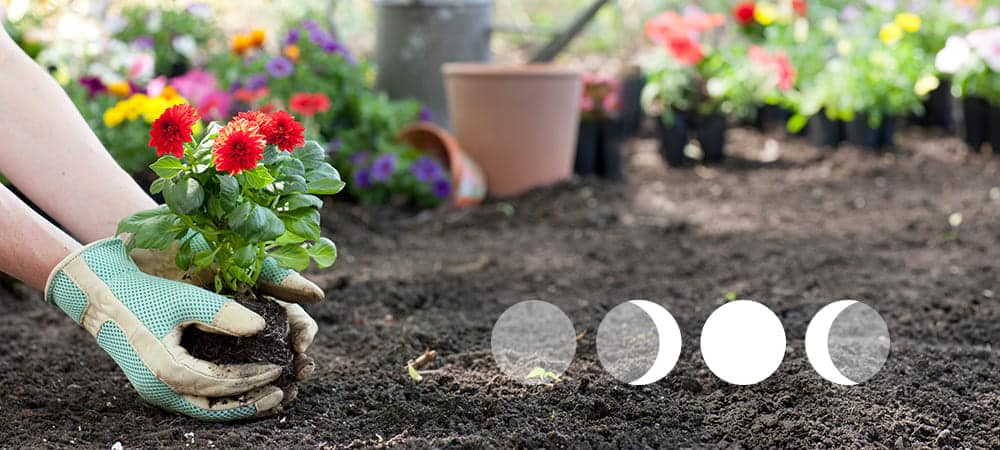
What is Lunar Phase Gardening
Planting activities in lunar phase moon gardening correspond with the moon’s phases, as plant growth is believed to be influenced by the lunar cycle. Every 29.5 days, the moon completes an entire cycle, going through four main phases;
- New Moon
On the new moon, sow seeds for crops that will bear fruit above ground since the moon’s gravitational pull raises water, which promotes seed germination for moon gardening.
- First Quarter Moon
When the growing light stimulates root and leaf growth, keep planting above-ground crops.
- Full Moon
Because of the increased gravitational attraction and moonlight, this is the ideal time to plant seeds.
- Last Quarter Moon
As energy is dragged below and gravitational pull weakens, plant edible root crops underneath the earth’s surface.
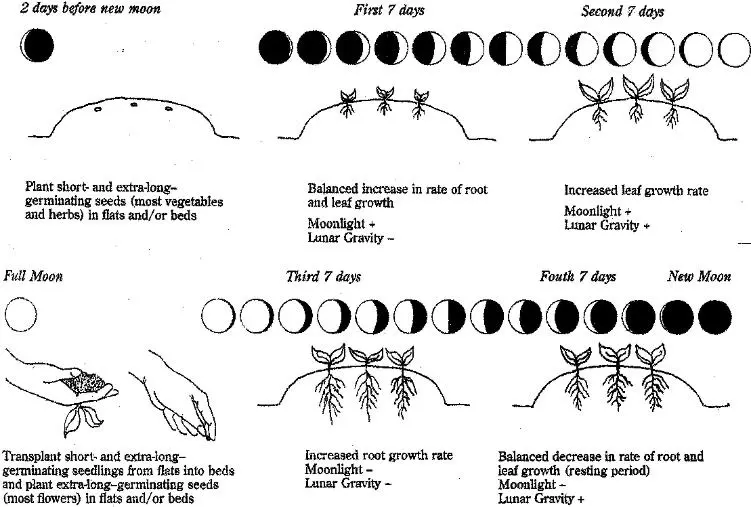
Phases of the Moon for Gardening
Planting according to the moon’s phases capitalizes on the way the moon’s locations alter the earth’s fluids, influencing plant sap and groundwater. Despite the paucity of scientific research, many gardeners trust this method based on personal experience.
- From New Moon to Full Moon, the Light PhasePlant maize, pumpkins, cucumbers, tomatoes, beans, peppers, and sunflowers, among other above-ground crops.
Because of the moon’s gravitational influence, the soil becomes more moist, which helps plants absorb nutrients.
Better leaf growth is encouraged by increased moonlight. - Dark Phase: From New Moon to Full Moon
Plant beets, potatoes, carrots, onions, and radishes as root crops.
Reduced moonlight promotes root growth.
Because soil holds moisture, subterranean growth is supported.
Plant health and bear crops productivity may be improved by using these stages.

A Glimpse at Plantation During Full Moon Gardening
The Phase of Waxing Moon
Plant seeds for above-ground crops during the waxing moon phase, lasting from new to full moon. More moonlight promotes the growth of leaves and stems. The best plants to plant by the moon are;
- Peppers with Tomatoes
- Fruits
Corn, beans, squash, and annual flowers
The Phase of the Waning Moon
Pay attention to plants that require strong root development and root crops from the full moon to the new moon. The waning moonlight promotes root development. Plants that are ideal for this moon gardening stage are;
- Radish Potatoes
- Beets and carrots
- Bulbs that bloom
- Flowers that are biennial and perennial
Crop harvesting is also ideal in this moon gardening season. By coordinating with the moon’s cycles, moon-phase gardening can easily and successfully increase plant development.
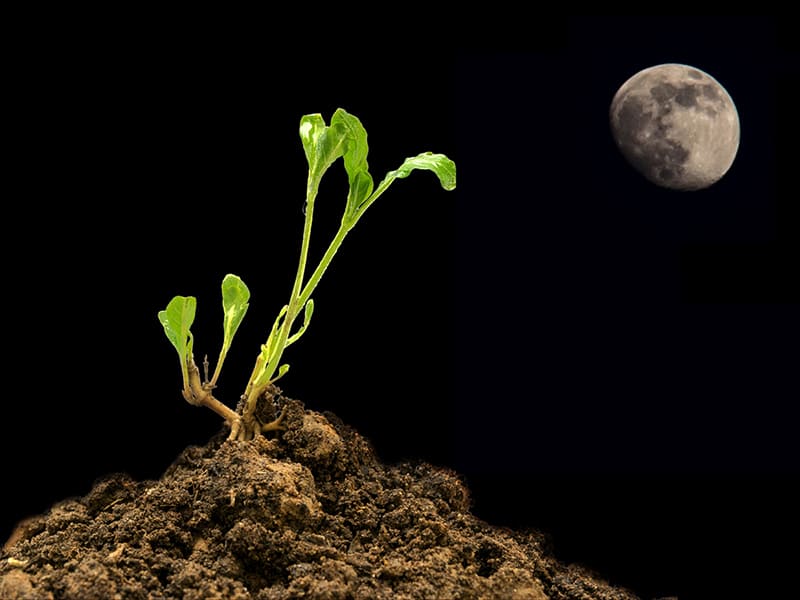
Final Thoughts
As we come to an end, this unique moon gardening presents an intriguing method of synchronizing with natural cycles for the best possible plant growth. Planting and cultivating by lunar phases, from new moon gardens to full moon gardens, enables practitioners to use soil moisture dynamics and lunar gravitational pulls to support vigorous root crops and produce bountiful harvests. Moon gardening is a timeless practice that combines practical horticultural skills with celestial cycles, embodying a timeless connection between earth and sky. It is rooted in centuries-old wisdom and backed by farmer’s almanacs.
In conclusion, discover the cosmic dance of moon gate arch for gardens and learn how to garden with the moon’s phases, ensuring every seed finds the ideal lunar moment to sprout and flourish. Have fun mood gardening just like the lunar zodiac signs!
